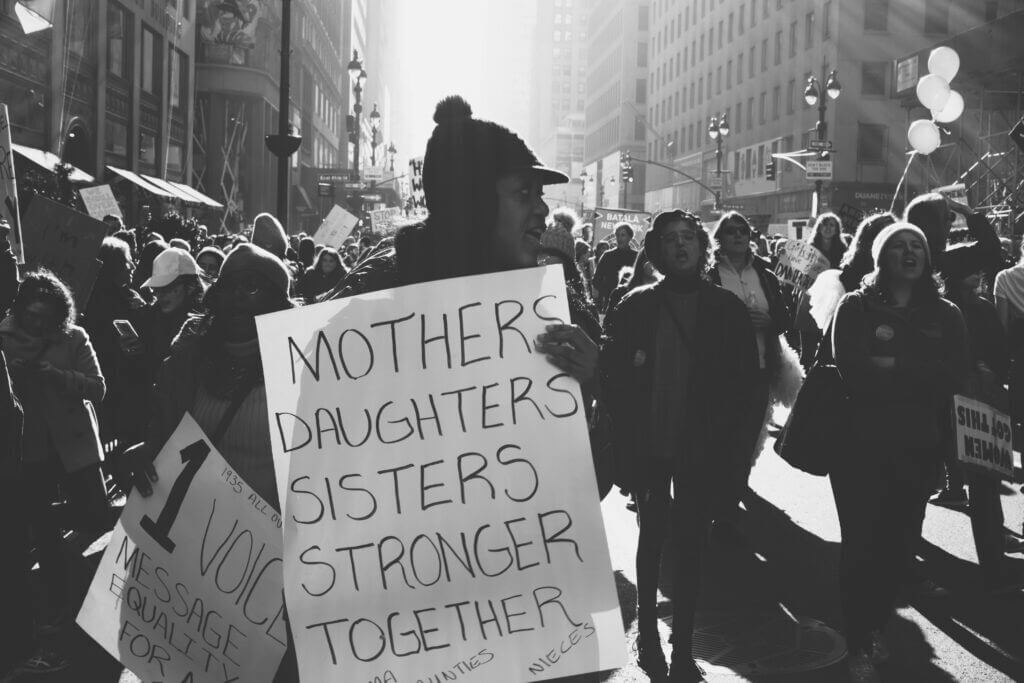On TikTok, videos on the likely reversal of Roe v. Wade, have amassed tens of millions of views. Organizations have been trying to leverage attention into action and prolonged engagement. If you’re reading this newsletter, that’s probably true for you too.
The response to the leaked Alito opinion across the internet has been…varied. Consider this special edition of Vocal Verified, a very brief summary of the issues raised in the discourse across TikTok, IG, Twitter, and other platforms online.
Abortion is an issue that impacts a much more vast and diverse group of individuals than some people online might realize. Thus, any attempt at an intersectional conversation about abortion is sure to also require a discussion of disability rights, racial justice, the experiences of adoptees, and personal privacy.
Responding to the new glut of viral Instagram infographics, one account asked: if the purpose is a call to action, then is it helpful to restate the stakes to an audience that is already fearful and angry? It’s a good point. After all, what many marginalized people need most in these moments is support and a sense that they can take action.
In another corner of the internet, the planned Mother’s Day abortion rally raised some valid concerns. After all, how can we plan political action without networks of support and mutual aid? Why should we focus on mothers when abortions are healthcare for more than just cis women, including trans and nonbinary people?
What’s more, disability rights activists, like Imani Barbarin and Rebecca Cokley, have brought awareness to wider audiences online of the history of eugenics and the ableism of statements like ‘abortion should be a right in the case of a disabled fetus.’
Some shy away from critical analysis in the midst of rapid response moments like this one. There is always a current of thought that believes criticism weakens the movement. Yet, criticism can be a constructive and essential part of our strategy— a way to ensure the longevity of movements rather than weaken them internally.
Creators are interested and engaged. So are audiences. Yet, audiences are also more critical and more likely to support local efforts— like local abortion funds, where they believe their dollars can actually make a difference. Audiences increasingly, recognize abortion as healthcare that benefits a diverse group of people.
To be glib, a Handmaid’s Tale costume and a sign that reads “Girls just want to have fundamental rights” may result in more eye rolls today than it would have at your typical 2016 Women’s March.
People deserve to have access to abortions and they deserve a movement that listens to them, respects them, and centers on the most marginalized. And that’s just as true in your digital activism.



